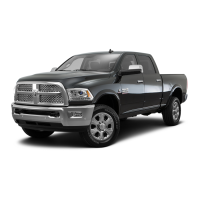
Do you have a question about the Dodge 2004 Ram 2500 and is the answer not in the manual?
| Brand | Dodge |
|---|---|
| Model | 2004 Ram 2500 |
| Category | Automobile |
| Language | English |
Guidance on navigating the manual for efficient information retrieval.
Important safety warnings and precautions for vehicle operation.
Information regarding warranty for van conversions and installed special equipment.
Information on locating and understanding the vehicle's unique VIN.
Warning about the risks of unauthorized modifications to the vehicle.
Details about vehicle keys, including their usage and duplication.
Information on how the ignition and steering systems lock for security.
Explanation of the door key's function for locking and unlocking doors.
Description of manual and power door lock operation.
How to operate power door locks using switches or key fob.
How to use the child protection system on rear doors for safety.
Operation of the remote keyless entry system for locking/unlocking.
Procedure for unlocking vehicle doors using the key fob.
Procedure for locking vehicle doors using the key fob.
How to activate and deactivate the panic alarm system.
Explanation of the vehicle's security alarm system and its operation.
Operation of power and sliding rear windows.
Information on seat belts, airbags, and child restraint systems.
How to properly use lap and shoulder seat belts.
Adjusting inside and outside mirrors for optimal visibility.
How the automatic dimming mirror reduces headlight glare.
How to move exterior mirrors to resist damage.
Controls and operation of power-adjustable mirrors.
Activation of rear window defroster and heated side mirrors.
Features and adjustment of mirrors designed for towing.
Operation of the voice-activated UConnect communication system.
Information on seating options, including front seat adjustments.
Adjusting the 40-20-40 split front seat for comfort.
How to recline seats for comfort, with safety warnings.
Overview of the vehicle's dashboard instruments and controls.
Identification of gauges and indicators in the instrument cluster.
Detailed explanation of the Malfunction Indicator Light (MIL).
How to set and use the vehicle's digital clock.
Operation and features of the RBB radio system with cassette and CD changer.
Specific features and operation of the cassette tape player.
Operation and features of the RAZ radio system with CD player and changer.
Messages displayed by the radio when a CD player problem is detected.
Controls on the steering wheel for the sound system.
Explanation of the ignition switch positions and their functions.
Procedures for starting the engine, including cold weather assistance.
Steps for normal engine starting in warmer temperatures.
Guidelines for normal vehicle operation and system checks.
Special considerations for operating the vehicle in cold weather.
How to shift gears in automatic and manual transmissions.
Operation of the four-speed automatic overdrive transmission.
Operating instructions for the 5-speed manual transmission.
How to operate the vehicle's four-wheel-drive system.
Essential information regarding tire pressure and safety.
How to use hazard warning lights for emergency signaling.
Procedures for priming the diesel fuel system if it runs out of fuel.
Where to find the vehicle's jack and tools for tire changes.
Step-by-step guide for changing a flat tire.
Detailed instructions and safety warnings for tire replacement.
How to safely jump-start a vehicle using jumper cables.
Techniques for moving a vehicle stuck in snow, sand, or mud.
Proper methods for towing a disabled vehicle.
Identification of key components under the vehicle's hood.
Explanation of the OBD II system and the Malfunction Indicator Light.
Recommendation to use genuine Mopar parts for maintenance and repairs.
Importance of using authorized dealers for expert service.
Information on Mopar fluids, lubricants, and parts availability.
Required maintenance services and inspection items.
Checking engine oil level and procedures for changing oil and filter.
Inspection and replacement criteria for the drive belt.
How to inspect and replace the air cleaner filter element.
Procedure for draining accumulated water from the fuel filter.
Information on maintenance-free batteries and their indicators.
Recommended servicing for the air conditioning system.
When and how to check power steering fluid level.
Information on inspection of front suspension ball joints.
Inspecting steering linkage joints for damage.
Inspection of the exhaust system for leaks and damage.
Maintenance and inspection procedures for the cooling system.
Inspection of the cooling fan for damage.
How the charge air cooler works to cool pressurized air.
Information on power disc brakes and the master cylinder.
Scheduled maintenance for emission control systems.
Maintenance schedules tailored for the 24-Valve Cummins Turbo Diesel engine.
Maintenance schedule for severe operating conditions.
Maintenance schedule for normal operating conditions.
Tips for preparing for and obtaining vehicle service.
Information regarding vehicle warranty coverage and transfer.
Availability and recommendation of Mopar parts.
How to report safety defects to NHTSA and the manufacturer.
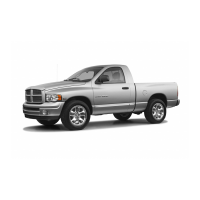
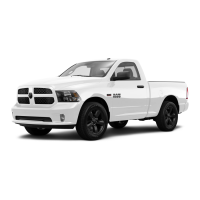

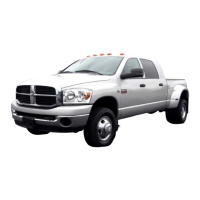
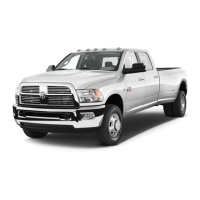
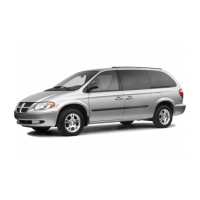
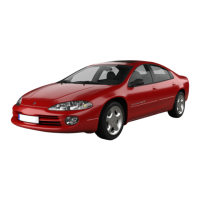
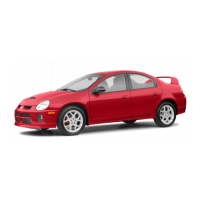
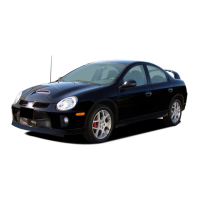
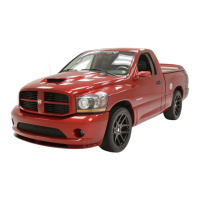
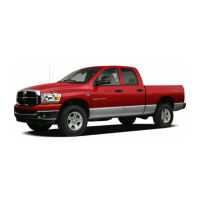
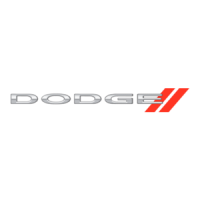
